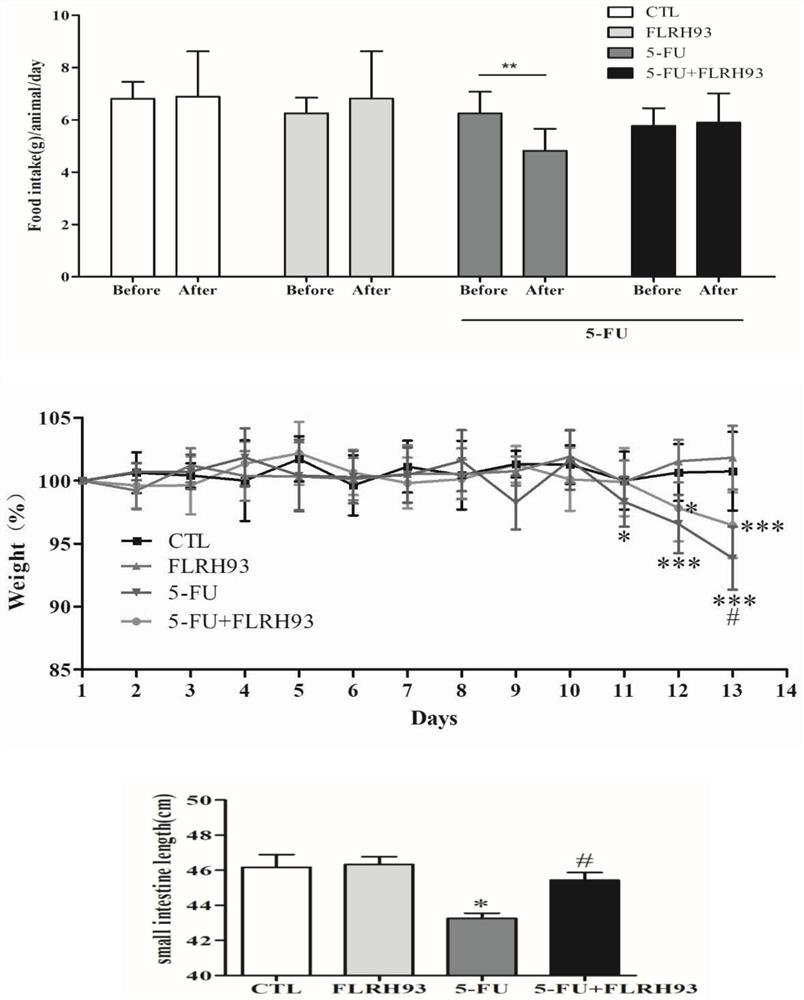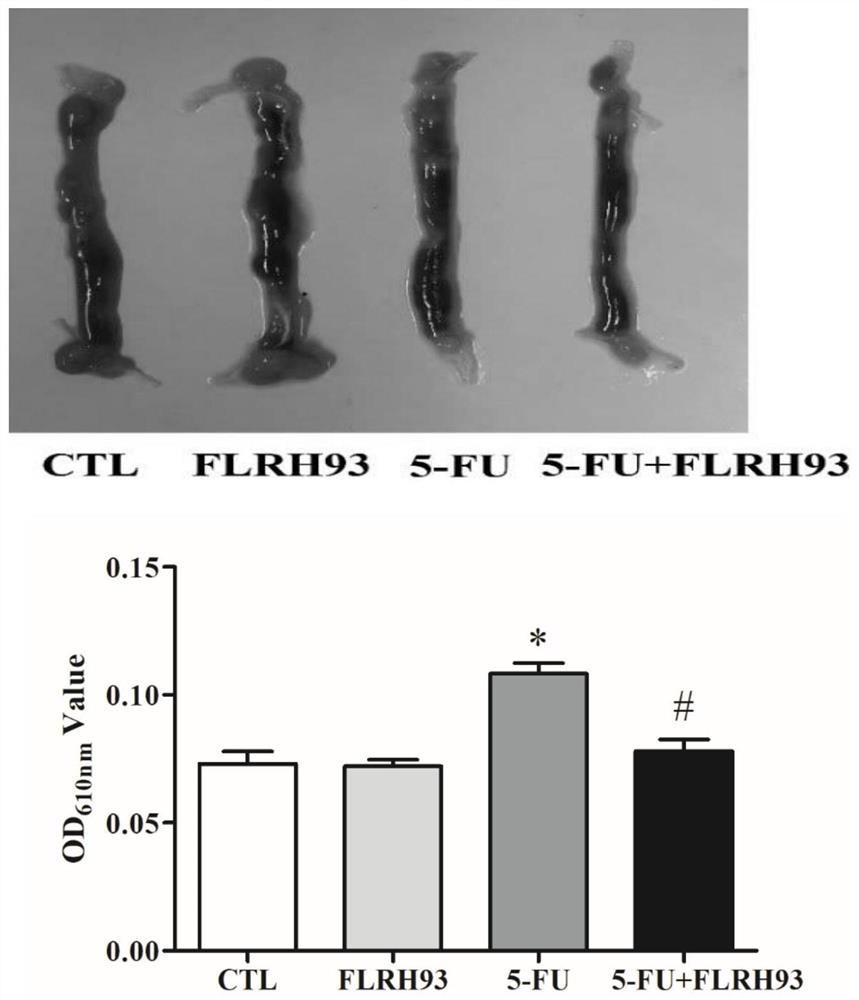A kind of Lactobacillus rhamnosus, microbial agent and food product
A technology of Lactobacillus rhamnosus and microbial agent, which is applied in the field of microorganisms, can solve the problems of short-term, unreduced duration and severity, and achieve good protection, reduce further damage, and reduce the effect of production
- Summary
- Abstract
- Description
- Claims
- Application Information
AI Technical Summary
Problems solved by technology
Method used
Image
Examples
Embodiment 1
[0030] Example 1: Isolation and identification of Lactobacillus rhamnosus GDMCC No: 60956
[0031] The freshly prepared kimchi was ground to a slurry with a tissue grinding rod, diluted with a gradient of normal saline, spread on an MRS plate containing 1% vancomycin, and placed in an anaerobic incubator at 37°C for 48 hours. After the colony grows out, pick a single colony, separate it by streaking on a plate, carry out repeated purification and culture, and observe the colony morphology by Gram staining method to select Gram-positive bacteria. After the isolated strains were cultured in liquid, they were cultured on a plate, and a single colony was picked with an inoculation loop as a template for colony PCR. The positive PCR products were sent to the company for sequencing.
[0032] The 16S rRNA base sequence analysis and sequencing base sequence of the isolated bacterial strain was compared and analyzed, and it was found to be consistent with the sequence of Lactobacillus...
Embodiment 2
[0035] Example 2: Preparation of Lactobacillus rhamnosus GDMCC No: 60956 fermented milk
[0036] 1 mL of activated Lactobacillus rhamnosus GDMCC No: 60956 strain was inoculated into 100 mL of skim milk (10% w / v). Cultivate under anaerobic conditions at 37°C for 24 hours to obtain a final density of 2×10 9 CFU / mL fermented milk.
Embodiment 3
[0037] Example 3: Effect of Lactobacillus rhamnosus GDMCC No: 60956 on animal injury models
[0038] 40 6-8 week-old female BABL / c mice (provided by the Animal Experiment Center of Nanchang University Medical College) were housed in cages and maintained at a temperature of 22°C ± 2°C and a humidity of 65% ± 5%, with 12-hour light-dark cycle. All animal care and experimental procedures were in accordance with the guidelines of the Department of Animal Science, Nanchang University for the care and use of laboratory animals. The mice were randomly divided into 4 groups (10 animals in each group): CTL group (control), FLRH93 group (control + probiotics), 5-FU group (model group) and 5-FU+FLRH93 group (model + probiotics Group). The CTL group and 5-FU group were fed with 100 μL of skim milk every day, and the FLRH93 group and 5-FU+FLRH93 group were fed with 100 μL of Lactobacillus rhamnosus GDMCC No: 60956 fermented milk every day. To induce gastrointestinal mucositis on day 10,...
PUM
 Login to View More
Login to View More Abstract
Description
Claims
Application Information
 Login to View More
Login to View More - Generate Ideas
- Intellectual Property
- Life Sciences
- Materials
- Tech Scout
- Unparalleled Data Quality
- Higher Quality Content
- 60% Fewer Hallucinations
Browse by: Latest US Patents, China's latest patents, Technical Efficacy Thesaurus, Application Domain, Technology Topic, Popular Technical Reports.
© 2025 PatSnap. All rights reserved.Legal|Privacy policy|Modern Slavery Act Transparency Statement|Sitemap|About US| Contact US: help@patsnap.com



